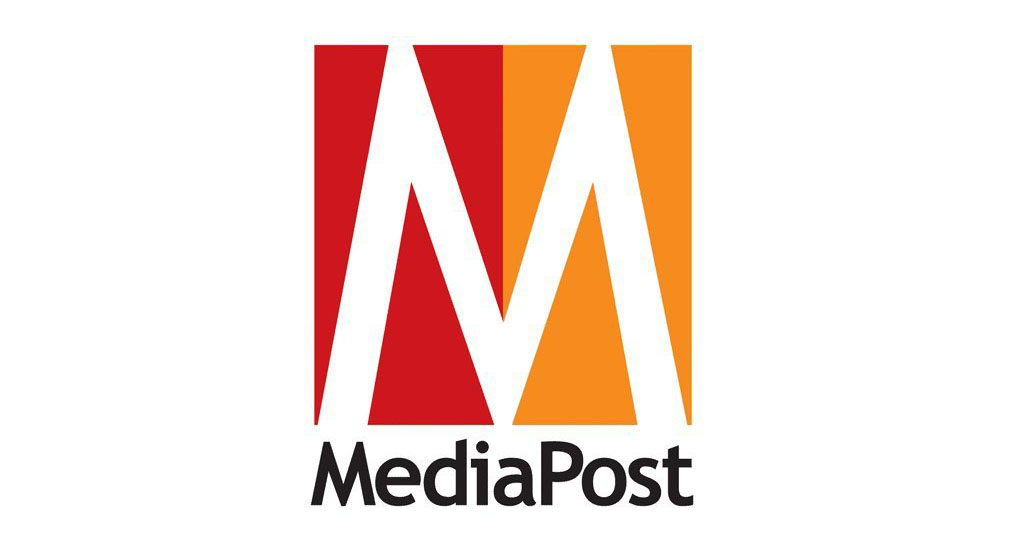by Matthew Kramer
Source: www.mediapost.com, February 2024
With the recent news of iSpot.tv’s acquisition of 605 — both leading TV ad measurement companies — and premium publishers’ adoption of VideoAmp’s dataset as a new video currency, it’s hard to ignore the race toward alternative currencies across the media industry.
Nielsen, as the dominant legacy TV measurement partner and a shared currency across buyers and sellers alike, now has serious competition from a host of new players who have built massive viewership datasets that include upwards of 80 million TV households compared with its much smaller panel of just 40,000.
With so many new measurement options and lack of auditing or independent third-party accreditation, it’s easy to see why some of us are waving the red flag at this stage in the race.
It reminds me of when my father was teaching me how to drive. He focused on the usual things like using the pedals, reading the dashboard warning lights, and how to parallel park, but those were not the most important things to learn in his opinion. He also stressed the importance of using all my mirrors.
“The best way to avoid an accident is to know your surroundings,” he’d say. “You don’t just need to see what is ahead, but what is to your sides, and what is behind you.” This lesson came long before lane change assist sensors, blind area detection technology or the backup camera, but it is still sound advice for today.
So what does this have to do with alternative video currencies?
Most of us in the marketing business are focused on the future — and therefore looking through the windshield at what is ahead. We see fresh, entrepreneurial companies challenging the incumbent through innovation and ingenuity.
They are young companies like VideoAmp and iSpot.tv, and ones with slightly more mileage like Comscore, which all have developed and continue to grow massive viewership datasets for planning, buying and measuring video campaigns against advanced audiences.
They shift positions at each turn as they announce new publisher partnerships, release new measurement features and add to their household panel coverage.
Meanwhile, it seems like most of the industry sees Nielsen in the rear-view mirror — an older car with less horsepower and diminishing grip on the track. Slow to the start and less able to hold the turns.
Even their tune-ups, like the release of NielsenOne that promises deduplicated, cross-media measurement in one place against both broad demography and advanced audiences, doesn’t seem to thrust them back into the lead.
But as Nielsen’s competitors race for lead position, there should be serious concerns from the spectators.
Younger and faster isn’t always better. While they may have much larger datasets than Nielsen’s 40,000-household panel for TV, all this data is at a household level, not an individual level.
So as an advertiser, you don’t really know who you reached in that household since many TV screens are shared devices. You have no guarantee that you hit the right person in that home who is part of your intended audience.
Nielsen’s people panel, while much smaller, is at the individual level. It knows who in the household is watching TV content and can account for co-viewing at the program level.
It is also important to remember that while this person-level viewership data is based on only 40,000 households, Nielsen does calibrate its currency against its own set-top box and smart TV data set of nearly 72 million households.
The challenges of household-level versus person-level viewership data are not just limited to the currency. This delivery data is the basis of all reach and frequency analyses, which are crucial in supporting efficient media strategy.
The goal in media planning is often to maximize your reach and control frequency against your intended audience — not against the household. To optimize your plans against household level reach and frequency measurement could really get you off track, leading to significant waste.
Finally, unlike Nielsen, alternative currencies also lack third-party accreditation from the industry’s de facto self-regulatory source, the Media Rating Council (MRC).
This poses significant challenges for advertisers, agencies and publishers alike. How do you standardize value when multiple currencies are involved? How long will it take for all parties to agree on which alternative currencies are audible? These are serious questions that will take time to answer.
So, before we swap measurement and currency partners as easily as we change lanes, let’s slow down. Let’s make a pit stop. Refuel and kick the tires.
And as we drive back into the oval, I say let’s use all our mirrors. We need to know where everyone is on the track.
Who knows? This race might take multiple partners to win.


